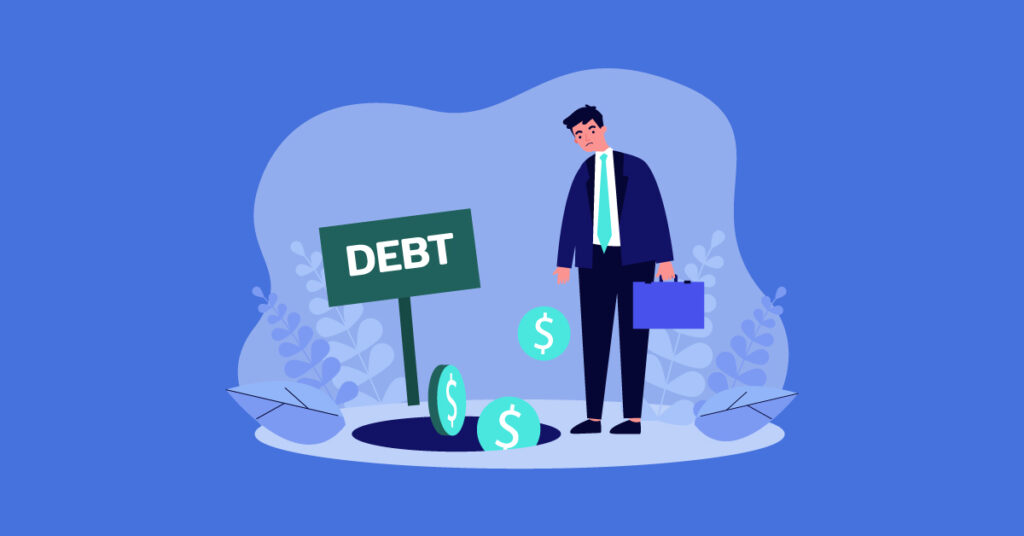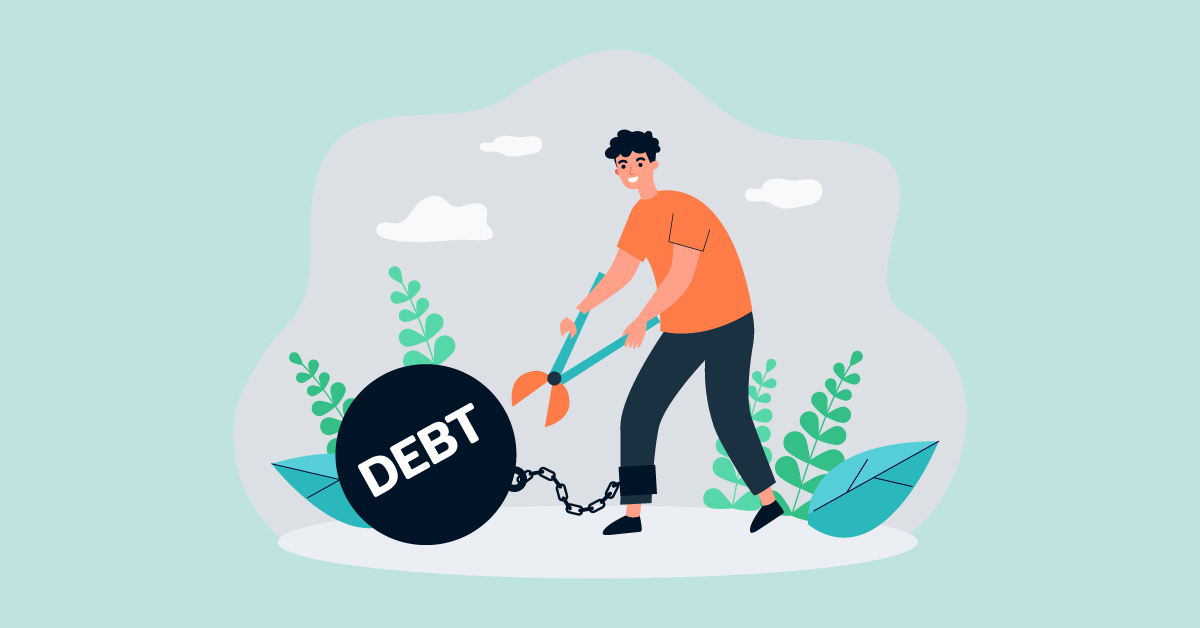It might not be a surprise that credit card debt is one of the largest financial crises most people face. This debt can become a catastrophe when you start carrying balances from one month to another.
It’s estimated that an average American household with credit card debt has up to a balance of $7,000. While this is quite a big debt, it is possible to pay it off if you develop a plan and stick to it. Of course, one of the most effective ways to get out of a credit card is by negotiating with the creditor. But there are many other ways to get rid of this debt. Continue reading for the 6 best ways to become credit card debt-free.
Evaluate your financial situation
Before developing a strategy on how to pay off credit debts, assess your finances. Come up with a list of the debts you owe, including the credit card balance. Include the annual percentage rate you have to pay annually for the credit card loan. Looking at your APR, especially when you have several credit card loans, identify the one with the highest interest rate and tackle it first. However, you could also choose to clear off the credit cards with the lowest balances to get some peace of mind.
After checking the interest rate charged, compare the amount you owe with your income. First, consider your expenses such as grocery bills, rent, or mortgage debt that you must pay monthly. Income should include monthly salaries, any interest earned on savings, and any other source of income that you may have.
Negotiate interest rates with your creditors
A quick phone call is an easy way to work on negotiating your interest rate. You have a high chance of getting a favorable answer from the card issuer if you have a credit score of 730 and above. In addition, if you are a customer who has been making timely payments in the past, it’s possible to get 1 or 2% shaved off and save hundreds of dollars at the end of the year.
Come up with a payment strategy

Making your payments on time will prevent further penalties and increased loan interest. But apart from ensuring your debt remains manageable, you should also develop a strategy to help you pay off the debt. Here are some of the most effective strategies that you can use:
- Always pay more than the monthly minimum. Credit card issuers require you to pay a particular monthly minimum payment. It is usually between 2% and 3% of your amount. The more you pay off the debt each month, the less interest there will be the following month.
- Debt snowball. Debt snowball means you decide to pay off debts, and each accomplishment motivates you to keep working hard. You start with the smallest debt and move to the next. This paying-down loan is likely rolling down a hill as the amounts keep increasing as you move down. Eventually, you will pay even the big debts and gain your freedom again.
- Debt avalanche. The debt avalanche has a similar approach to the snowball one. However, it swaps the priorities, which means you start with big debts first. It reduces your monthly interest rate and helps you pay off faster and cheaply than the snowballing method.
- Automate. Automating ensures your debts are paid, and you are not tempted to spend the money first. However, if you are also using the debt avalanche or snowball debt approach, you will have to do it manually to ensure you pay the exact amount you should to clear off the debt.
- Cut down expenses. Reviewing your monthly expenses can quicken your debt repayment. This will enable you to get out of debt and gain financial freedom. Start with things you pay for every month, such as rent, groceries, transportation, and entertainment. Something as little as making your coffee in the house can save you something little that will accumulate in hundreds of dollars at the end of the year. The best way to see what is taking you deeper into debt is by checking your credit card statement because most issuers categorize the holder’s spending. See what is not essential and free up some to pay off your debt.
- Use cash to make payments. Paying for all your purchases with cash is a great idea when struggling with debts. Having just enough money to buy what you need ensures you do not make any impulse purchases or overspend beyond your budget.
- Take advantage of financial windfalls. Use it to pay your debt if you get any bonuses, raises, or financial windfall. Let any extra cash you get help reduce your loans, and you will quickly achieve your loan repayment goals.
Consolidate your debts
Debts consolidation means you combine all the loans you owe into one. This helps you pay off the loan faster and avoid increased penalties and interest. The two best ways to do this include:
- Transfer balances. Use any low-balance transfer that you come across to pay the high-interest credit card debts. While balance transfer fees can range from 3% to 5%, a lower interest can save you more money than you spend on transfer fees.
- Tap your home equity. It is possible to pay off credit card loans using your home equity. This kind of loan has a lower interest rate, and you can pay less interest over a long period. Besides that, the equity interest payment is tax-deductible.
If you choose to consolidate your credit card loans, make sure you have to watch your spending habits. The new debt can quickly become a financial mistake if you are not careful.
Create a budget
Many reasons can lead you into credit card debt. One of them is not having a budget, which means you have no idea you are spending your money. However, once you create a budget and track your expenses, you can use as much as possible to pay off the debt. There are many budgeting apps available online which can help with this. Just choose one and start spending your money only on things in your budget.
After paying off the credit card debt, establish a healthy financial lifestyle. Stick to your new ways and avoid slipping off. Review your spending every year and adjust your budget accordingly. Besides that, always have some savings for emergencies because things such as medical needs can put you in debt within no time.
Finally, stick to your goals and have a retirement fund or savings plan to buy your home. With clear goals, you will learn to be careful with your money and avoid temptations to spend more than you can afford.







